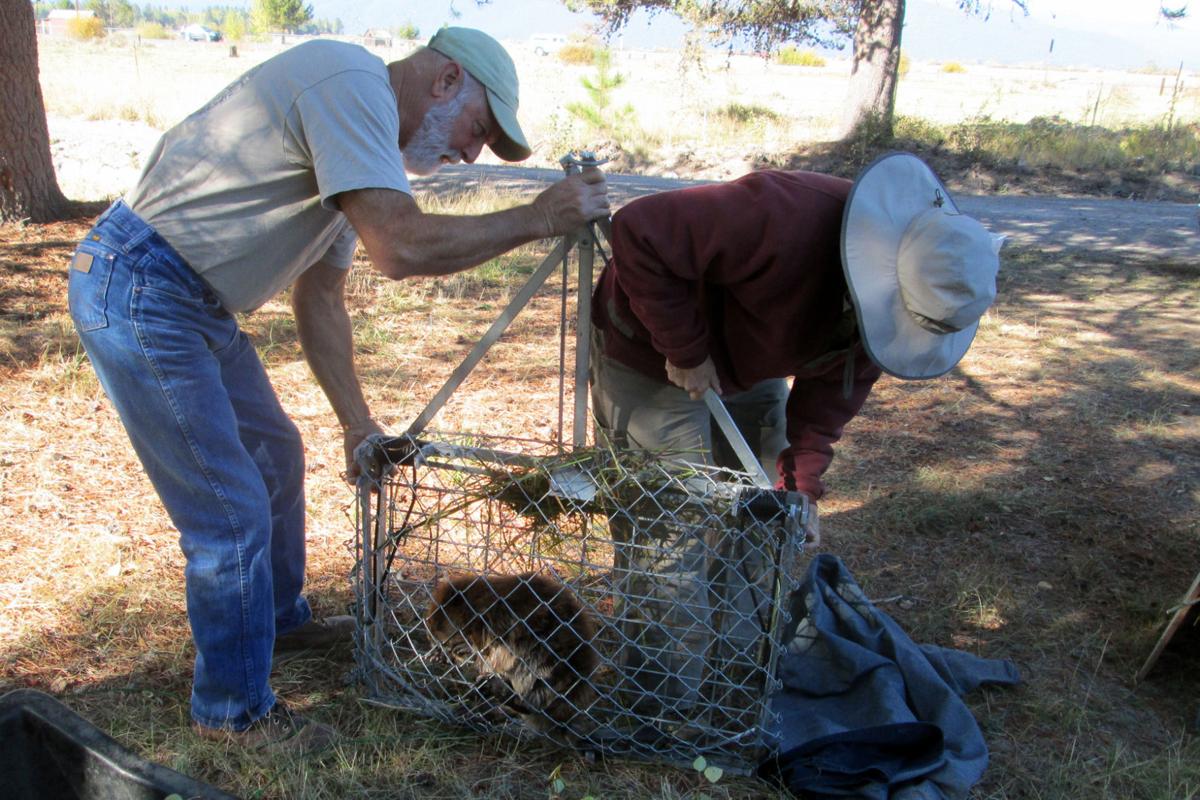 This came from Oliver yesterday.
This came from Oliver yesterday.
“We are having problems with our filming permits in California, which is the reason for our hold up in Martinez and Napa. Currently budgetary issues are delaying us from paying the short term fix the media board are claiming from us but we will continue on a longer time frame, hopefully making it more feasible in future.
Which is really too bad, but honestly a bit of a relief because things are insanely busy around here at the moment. Tonight I’m presenting to the PRMCC about the proposal for a beaver mural on the concrete bridge between the two dams and lots is happening with the urban beaver paper.
Mario Alfaro, the muralist who did the main street bridges with the ‘unauthorized’ beaver that was forced to be covered up, would be doing the work, and I would like the city to pay for half. I want people to see every day how the beavers helped the creek and impacted the city. We’ll see how step 1 goes of this process and I’ll keep you posted. I’m calling it ‘The bridge to nature’ and this is the mock up I sent to the city.
I would be delighted if even a symbolic beaver dam was a permanent fixture across this creek, but we’ll see what happens. I want to make it virtually impossible for the city to kill them if they come back. If you want to read the the proposal its here:
Now there are two exciting news stories, one from Oregon where we’ll begin.
Leave it to beavers
Simpson said she and volunteer Jayne Goodwin captured four adults and one kit over a two-month span in August and September. Simpson said she believes the 56-pound male and 61-pound female captured are a mated pair, and that the 45-pound male, 47-pound female and 15-pound female kit are offspring from the pair.
Simpson noted that beavers mate for life, and relocating a family group together significantly increases each beaver’s chance of success.
 Beavers are important watershed enhancement species because their dams raise the water table, which then increases streamflow in dry seasons and keeps soil saturated longer, Simpson pointed out.
Beavers are important watershed enhancement species because their dams raise the water table, which then increases streamflow in dry seasons and keeps soil saturated longer, Simpson pointed out.
“When they build a dam, they create this big beautiful pond; they are slowing down the runoff in the system at peak flow periods, allowing more water to saturate into the ground and to raise the water table,” Simpson said.
Much of Jack Creek is dry in late summer and KWP volunteers hope reintroducing beavers will extend the creek’s wet period. “Where there’s more water, there’s better fish habitat, better habitat for waterfowl and for pretty much everything associated with an aquatic system,” Simpson said.
I normally don’t have a huge appetite for charming stories about people who see beavers as a problem to MOVE somewhere else before they then appreciate their good work. But I’m starting to recognize that every single article like this will let folks read about beaver benefits and help saturate the dry places of our castor awareness. I’m especially fond of this article because it demonstrates beaver intelligence just 25 miles over the California border.
Surely some of that’s got to rub off, right? This lovely piece is from Ontario:
What would you put in a beaver management toolkit?
The Central Algoma Freshwater Coalition (CAFC) is seeking public consultation into the development of a Beaver Management Toolkit for the Central Algoma Region.
Phase one of the processes is to establish baseline conditions and determine current issues related to beaver management. Deadline for your input into phase one is December 18, 2015.
Once the local issues and practices have been determined the coalition will research best practices and legislation to create a toolkit that will serve as both a resource and guide into beaver management throughout the region.
Interested parties can learn more about the consultation and complete the online survey by visiting
How cool is THAT? Can you imagine Martinez asking residents to comment about what the beaver management plan should be for the city? No, you can not. In 2007 they tripled their police presence just to KEEP us from commenting! I already filled mine out, but you should too. I wish I got to advise the beaver management plan for every city in the hemisphere. But something tells me that’s grandiose.
Unfortunately, its the Algoma in Ontario, not in Wisconsin who really really needs our advice. But it’s a start, right?







































